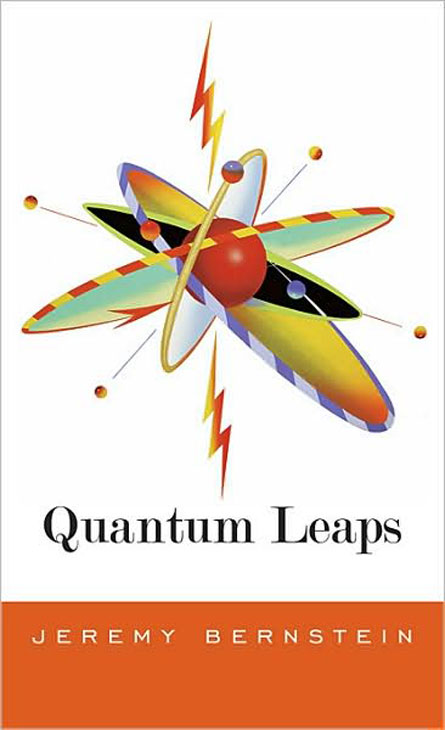Quantum Leaps by Jeremy Bernstein
Review by Tom Siegfried
Quantum mechanics is famous for making nature much more complicated than it seems. Within quantum math exist countless possible realities, of which human observers generally perceive only one. Books trying to explain these bizarre multiple existences are about as numerous as the multiple realities themselves.
Adding one more such book to the library already in print may be overkill, but Bernstein’s contribution is nevertheless welcome. A physicist-turned-prolific-writer, he is among the most engaging and thoughtful of quantum explainers, and Quantum Leaps provides one of the best concise guides available to what the fuss is all about.
In quasiautobiographical fashion, Bernstein describes his own struggle to grasp quantum weirdness, focusing on the work of physicist John Bell. In the 1960s, Bell conceived the insight that allowed quantum weirdness to be truly tested — that is, to distinguish the standard but crazy quantum physics interpretation from Newtonian sanity.
Quantum theory insists that the future is not precisely determined by the present. Naysayers sought to restore determinism with “hidden variables” that secretly did determine the future. Bell showed how to test that idea with experiments on a bizarre long-distance linkage, or entanglement, of certain particle properties. When the tests were ultimately done, weirdness won.
Bernstein recounts how Bell’s work brought quantum physics into the mainstream of popular culture, especially in the form of some far-out books and films connecting it to Eastern mysticism and phenomena sounding suspiciously supernatural. Bernstein politely dismisses such works as “amiable nonsense,” which they are. Fortunately for those who prefer the real quantum story, Bernstein’s book is simply amiable.
Harvard Univ. Press, 2009, 213 p., $18.95.
